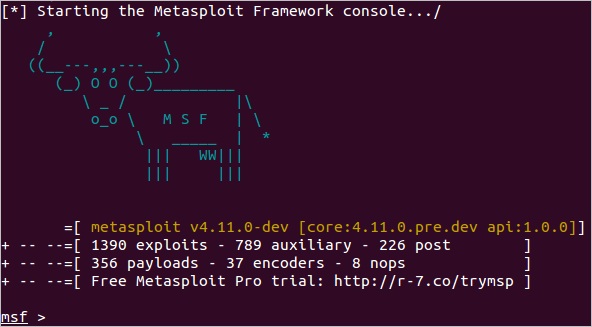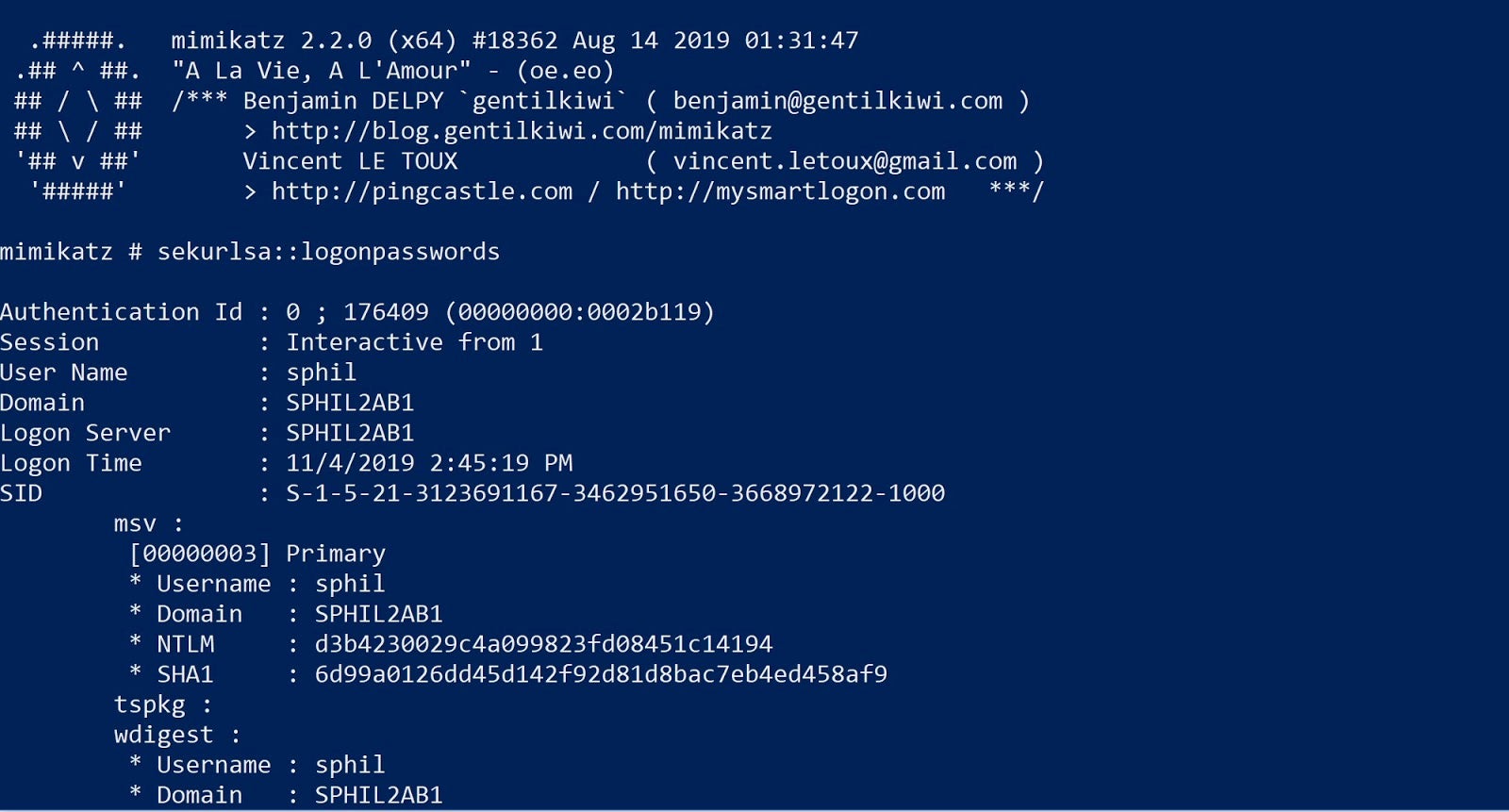Top 10 Hacking Apps Every Cybercriminal is Using Right Now: Educational Guide for Security Awareness
WARNING: This article is written purely for educational purposes to help security professionals, IT administrators, and cybersecurity enthusiasts understand current threats. If you have malicious intentions, please leave this page immediately. We do not support or encourage illegal activities. The author and this website are not responsible for any misuse of this information.
The cybersecurity world is facing unprecedented challenges in 2025. With global cyberattack costs expected to reach $13.82 trillion by 2028and ransomware attacks hitting 20 to 25 major organizations daily,understanding the tools used by cybercriminals has never been more important for defenders.
This article examines the most commonly misused applications and tools that cybercriminals exploit for malicious purposes. By understanding these threats, security professionals can better protect their organizations and individuals can stay safer online.
Understanding the Current Threat Landscape
Before diving into specific tools, it's crucial to understand that 72% of organizations reported increased cyber risks in 2024. The average cost of a data breach has reached an all-time high of $4.88 million, representing a 10% increase from 2023. More alarming is that 59% of all organizations were hit by ransomware attacks over the last year
Cybercriminals have evolved their tactics significantly. They now use legitimate tools for 30% of successful cyber incidents,making detection much harder. These tools, originally designed for security research and system administration, are being weaponized for malicious purposes.
The Top 10 Most Misused Apps and Tools
1. Metasploit Framework
Originally designed as a penetration testing framework, Metasploit has become one of the most powerful tools in both ethical hackers' and cybercriminals' arsenals,The framework contains an extensive library of exploits and payloads that can be used to identify vulnerabilities.
Legitimate Use: Security professionals use Metasploit to test system vulnerabilities and strengthen defenses.
Criminal Misuse: Cybercriminals exploit the same framework to launch attacks, gain unauthorized access, and deploy malware. The tool's automation capabilities make it attractive for less skilled attackers
Detection: Organizations should monitor for unusual network scanning activities and implement proper network segmentation.
2. Cobalt Strike
Cobalt Strike was designed for threat emulation and red team operations, However, it has become one of the most frequently weaponized tools by ransomware groups including Clop, Conti, DoppelPaymer, and Ryuk
Legitimate Use: Security teams use it to simulate advanced persistent threat (APT) scenarios and test defensive capabilities.
Criminal Misuse: Attackers use Cobalt Strike for lateral movement, establishing backdoors, and maintaining persistence in compromised networks. It functions as a remote access trojan (RAT) when misused.
Protection: Organizations should implement robust endpoint detection and response (EDR) solutions that can identify Cobalt Strike beacons and suspicious lateral movement patterns.
3. Burp Suite
Burp Suite is a web application security testing tool,widely used by security professionals for finding vulnerabilities in web applications.
Legitimate Use: Ethical hackers and security testers use Burp Suite to identify SQL injection, cross-site scripting (XSS), and other web vulnerabilities.
Criminal Misuse: Malicious actors leverage Burp Suite to find and exploit vulnerabilities in web applications, intercept sensitive data, and manipulate web traffic for unauthorized access.
Mitigation: Regular security testing, web application firewalls (WAF), and secure coding practices can help defend against attacks using such tools.
4. Mimikatz
Mimikatz is a credential dumping tool originally developed to demonstrate vulnerabilities in Windows authentication mechanisms. It has become notorious for its ability to extract plaintext passwords from memory.
Legitimate Use: Security researchers use Mimikatz to demonstrate authentication weaknesses and test credential protection mechanisms.
Criminal Misuse: Attackers use it to steal credentials, perform pass-the-hash attacks, and escalate privileges within compromised networks. It's commonly used in ransomware campaigns including DoppelPaymer, Nefilim, and Sodinokibi
Defense: Implement credential guard, use multi-factor authentication, regularly rotate passwords, and monitor for unusual authentication patterns.
5. Process Hacker
Process Hacker is a system monitoring tool designed to help administrators view running processes and system resources. While legitimate, it can be dangerous in the wrong hands.
Legitimate Use: System administrators use Process Hacker to monitor system performance, debug software, and identify malware.
Criminal Misuse: Cybercriminals use it to terminate security processes, disable antimalware solutions, and hide malicious activities. It's been used in ransomware campaigns including Crysis, Nefilim, and Sodinokibi
Protection: Implement application whitelisting, use tamper-resistant security solutions, and monitor for suspicious process termination activities.
6. Nmap (Network Mapper)
Nmap is a network discovery and security auditing tool,used for network mapping and port scanning.
Legitimate Use: Network administrators and security professionals use Nmap to discover devices, identify open ports, and assess network security.
Criminal Misuse: Attackers use Nmap for reconnaissance, identifying potential targets, mapping network infrastructure, and finding vulnerable services before launching attacks.
Countermeasures: Implement intrusion detection systems (IDS) to monitor for scanning activities, use firewalls to limit network exposure, and regularly update system patches.
7. John the Ripper
John the Ripper is a password cracking tool,designed to test password strength by attempting to crack encrypted passwords using various methods.
Legitimate Use: Security professionals use it to test password policies and identify weak passwords within organizations.
Criminal Misuse: Cybercriminals use John the Ripper to crack stolen password hashes, gain unauthorized access to accounts, and escalate privileges within compromised systems.
Protection: Implement strong password policies, use multi-factor authentication, regularly rotate passwords, and store passwords using strong hashing algorithms.
8. Frida
Frida is a dynamic instrumentation framework,used for runtime manipulation of applications, particularly mobile apps.
Legitimate Use: Security researchers and developers use Frida to analyze app behavior, debug applications, and identify security vulnerabilities.
Criminal Misuse: Malicious actors use Frida to bypass security controls, manipulate app behavior in real-time, extract sensitive data, and reverse engineer applications for exploitation.
Mitigation: Implement app protection solutions, use code obfuscation, and deploy runtime application self-protection (RASP) technologies.
9. Wireshark
Wireshark is a network protocol analyzer
that captures and examines network traffic in real-time.
Legitimate Use: Network administrators and security analysts use Wireshark to troubleshoot network issues, analyze protocols, and investigate security incidents.
Criminal Misuse: Attackers use Wireshark to intercept sensitive data transmitted over networks, analyze network communications for valuable information, and identify potential attack vectors.
Defense: Use encrypted communications (HTTPS, VPN), implement network segmentation, and monitor for unauthorized network sniffing activities.
10. PowerShell
PowerShell is a command-line shell and scripting language,built into Windows systems for system administration and automation.
Legitimate Use: System administrators use PowerShell for automation, system management, and administrative tasks.
Criminal Misuse: Cybercriminals leverage PowerShell for fileless malware attacks, lateral movement, data exfiltration, and executing malicious commands. It was used in 25% of analyzed cyberattacks
Protection: Implement PowerShell logging and monitoring, use application whitelisting, restrict PowerShell execution policies, and employ endpoint detection solutions.
The Mobile Threat Landscape
Mobile applications face unique security challenges. The most significant mobile security threats include
- Phishing attacks specifically targeting mobile users
- Malware-infecting security breaches affecting Android devices
- Data leakage through poorly designed applications
- Unsecured Wi-Fi networks compromising mobile communications
Popular mobile penetration testing tools that could be misused include MobSF (Mobile Security Framework), Drozer for Android testing, and Needle for iOS analysis.
Current Attack Statistics and Trends
The cybersecurity landscape in 2025 reveals alarming trends:
- Global cyber attacks increased by 30% in Q2 2024, reaching 1,636 weekly attacks per organization
Why Cybercriminals Choose Legitimate Tools
There are several strategic reasons why cybercriminals prefer using legitimate security tools:
- Stealth and Evasion: These tools appear normal to security systems, making detection much harder
Defending Against Tool Misuse
Organizations can implement several strategies to protect against the misuse of legitimate tools:
Technical Controlsploy advanced EDR solutions that can detect legitimate tools being used
MaliciouslyDeploy deception technology to detect reconnaissance activities
Implement application whitelisting to control which tools can run on systems
Use network segmentation to limit the impact of compromised systems
Process Controls
- Regular security training to help employees recognize social engineering attempts
- Regular penetration testing using the same tools to identify vulnerabilities
- Incident response planning with specific procedures for tool misuse scenarios
- Continuous monitoring for unusual network and system activities
Policy Controls
- Acceptable use policies clearly defining authorized tool usage
- Regular security assessments to identify potential weaknesses
- Privileged access management to control who can run security tools
- Change management processes for installing new software
The Role of AI in Future Threats
Artificial Intelligence is reshaping the cybersecurity landscape. 66% of organizations expect AI to have the most significant impact on cybersecurity, while 47% cite adversarial advances powered by generative AI as their primary concern
AI is being used by both defenders and attackers:
- Defenders use AI for automated threat detection and response
- Attackers leverage AI for more sophisticated phishing campaigns and automated vulnerability discovery
Conclusion and Key Takeaways
Understanding the tools used by cybercriminals is essential for building effective defenses. The 10 applications and tools discussed represent the most commonly misused legitimate security tools. While these tools serve important purposes for security professionals, their misuse by cybercriminals poses significant risks to organizations worldwide.
Key recommendations for staying protected:
- Implement comprehensive monitoring for legitimate tool usage
- Deploy multi-layered security controls including EDR, network monitoring, and user behavior analytics
- Conduct regular security awareness training for all employees
- Maintain updated incident response procedures that account for tool misuse scenarios
- Partner with cybersecurity professionals who understand both legitimate and malicious tool usage
As cyber threats continue to evolve, staying informed about attacker techniques and tools remains one of our best defenses. The cost of ignorance in cybersecurity has never been higher, with organizations spending an average of $4.88 million per data breach.
Remember: This information should only be used for defensive and educational purposes. If you're a security professional, use this knowledge to better protect your organization. If you're an individual user, stay vigilant about the applications you download and the networks you connect to.
The cybersecurity battle continues to intensify, but with proper knowledge, preparation, and vigilance, we can stay ahead of the threats targeting our digital lives.
Disclaimer: This article is provided for educational and informational purposes only. The tools and techniques described should only be used in authorized security testing environments with proper permission. Unauthorized use of these tools may be illegal and could result in criminal prosecution. Always follow applicable laws and ethical guidelines when conducting security research or testing.
If you Find this usefull consider suporting our chanel
Note: Certain images in this post are borrowed from external sources. Full credit and ownership go to the original creators.You can visit their pages using the image link itself








